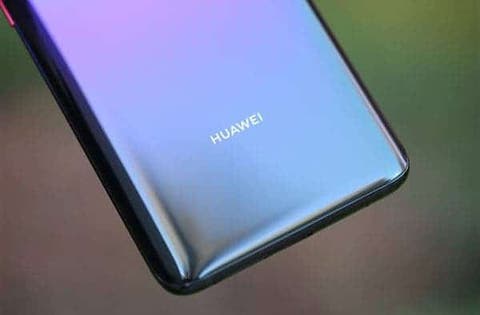A few days ago, Huawei held the 2020 Developer Conference and released Harmony OS 2.0. After the meeting, Wang Chenglu, President of Huawei’s Software Department, and Yang Haisong, Vice President of Huawei’s Software Department, gave an interview.
Speaking of the Harmony OS 2.0 plan, Yang Haisong said that the Beta version for the smartphones will be available to the developers in December this year.
‘Just as Wang Bo announced today, our code warehouse on the official website and Code Cloud has been completely open to the public. You can already see all the open-source codes and related materials of our Harmony OS on the Internet. In the future Category loading refers to the categories covered by equipment loading. This will be our very important focus in the future.’
Yang Haisong revealed that in a year, Huawei’s own equipment running on the Harmony OS will exceed 100 million.
Wang Chenglu said that installing the Harmony OS system does not need to be tailored. You only need to have the corresponding hardware parameters and you can install it.
Regarding the hardware requirements, Wang Chenglu said that installing Harmony OS requires as little as 128KB of RAM.
Where From To Download Harmony OS Open-Source Code?
Currently, the Harmony OS official website has been officially launched, and source code downloads are available.
The code of Harmony OS is open in the form of components, and developers can obtain it in one of the following ways:
- Obtaining method 1: Download the compressed file from the mirror site (recommended)
- Obtaining method 2: Component acquisition from the HPM website. Through HPM, find solutions that meet your needs, select/cut components and download them.
- Obtaining method 3: Use the package manager command line tool to obtain. Use HPM’s hpm-cli command line tool to execute command download.
- Obtaining method 4: Obtain from the code warehouse. Download from the code repository through repo or git tools.
The first open-source version supports running on 128KB~128MB devices.
In April 2021, it will be open-sourced for memory 128MB-4GB terminal devices. And after October 2021, it will become available for all devices above 4GB.
